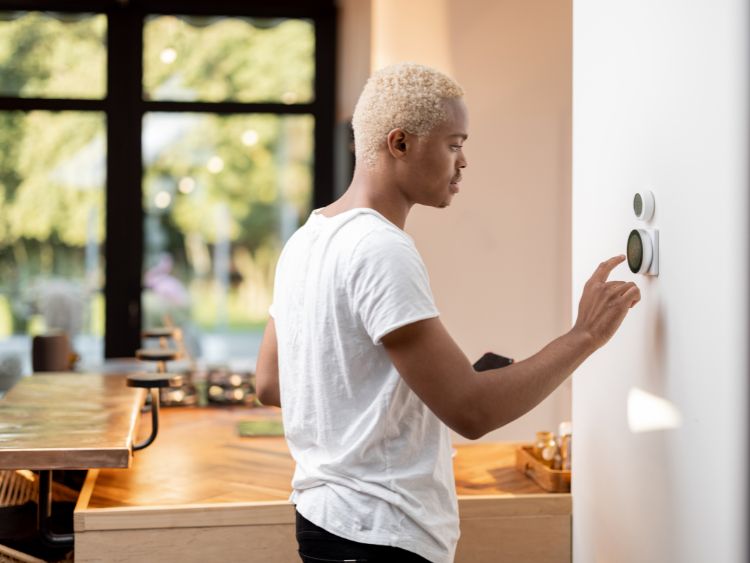When it comes to gardening, I am all thumbs, and not the green kind. But a new book from First Lady Michelle Obama is inspiring me to try my hand (thumbs and all) at backyard vegetable gardening. American Grown: The Story of the White House Kitchen Garden and Gardens Across America details the challenges and joys the First Lady has experienced with her now-famous White House garden. It also looks at community gardens all across America, and how they can improve health.
The book contains helpful hints for starting your own vegetable garden, as well as a school or community garden. Along with the how-to information about seed spacing, irrigation, soil types, and the right time to plant various vegetables, American Grown also discusses Mrs. Obama’s “Let’s Move” initiative. How does that fit into a book on gardening? In addition to getting more physical activity, so the thinking goes, eating more food harvested from the ground and less from packages can help kids — and adults — become healthy or stay that way.
“Backyard gardening can inspire you to take an interest in the origins of your food and make better choices about what you put on your plate,” says Dr. Helen Delichatsios, an internist at Harvard-affiliated Massachusetts General Hospital. “When you grow your own food, you savor it more because of the effort it took to get to the table.”
Growing your own food has many health benefits:
- It helps you eat more fresh fruits and vegetables.
- You decide what kinds of fertilizers and pesticides come in contact with your food.
- It lets you control when to harvest your food. Vegetables that ripen in the garden have more nutrients than some store-bought vegetables that must be picked early.
Growing your own food isn’t rocket science. “Growing food is very simple,” says Kathleen Frith, managing director of the Center for Health and the Global Environment (CHGE) at Harvard Medical School. “It takes a little time, but things like tomatoes, lettuce, peppers — basic kitchen crops — are very forgiving. Really, anyone can learn to grow food pretty easily.”
Frith proved that when she spearheaded the Harvard Community Garden, a large collaborative project in Harvard Square. Students tend the garden and grow a variety of fruits and vegetables. The garden’s bounty is donated to food shelters or featured on the menu at the Harvard Faculty Club. You can see photos of the garden here.
If you’re interested in growing food in your backyard, Frith offers these tips:
- Start small and plant things you’d really like to eat.
- Pick a spot with at least 6 hours of good daytime light and access to water.
- Use contaminant-free soil.
- Consider using a raised garden bed, which allows you to control the soil and nutrient blend.
- Talk to farmers or other backyard gardeners in your area to get a sense of what grows well in your region and when.
If you don’t have space for a garden at home, a community garden is another option. You can find one in your community through the American Community Gardening Association.
“You will be amazed by how much fun gardening can be, and the pride you take in sharing healthy food nurtured by your own efforts,” says Acacia Matheson, the CHGE’s assistant director of communications. “We hope that people will develop more interest in learning about their food choices, and how to prepare fresh, healthy food at home.”
Be patient as you cultivate your relationship with your garden and the Earth. Before long, you’ll reap the benefits. You may even see a little tinge of green on those thumbs.


